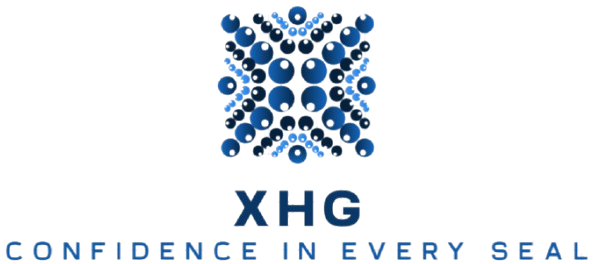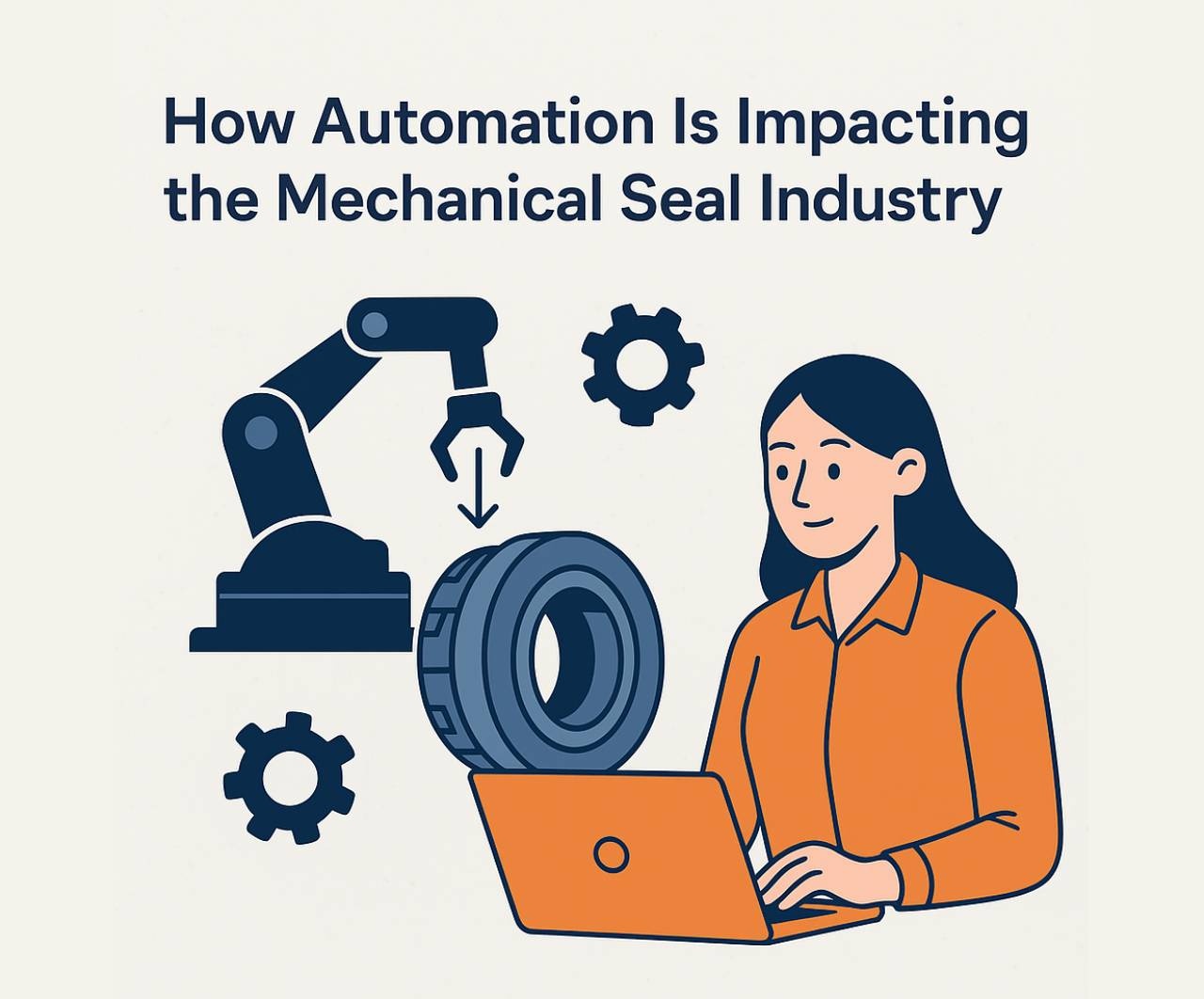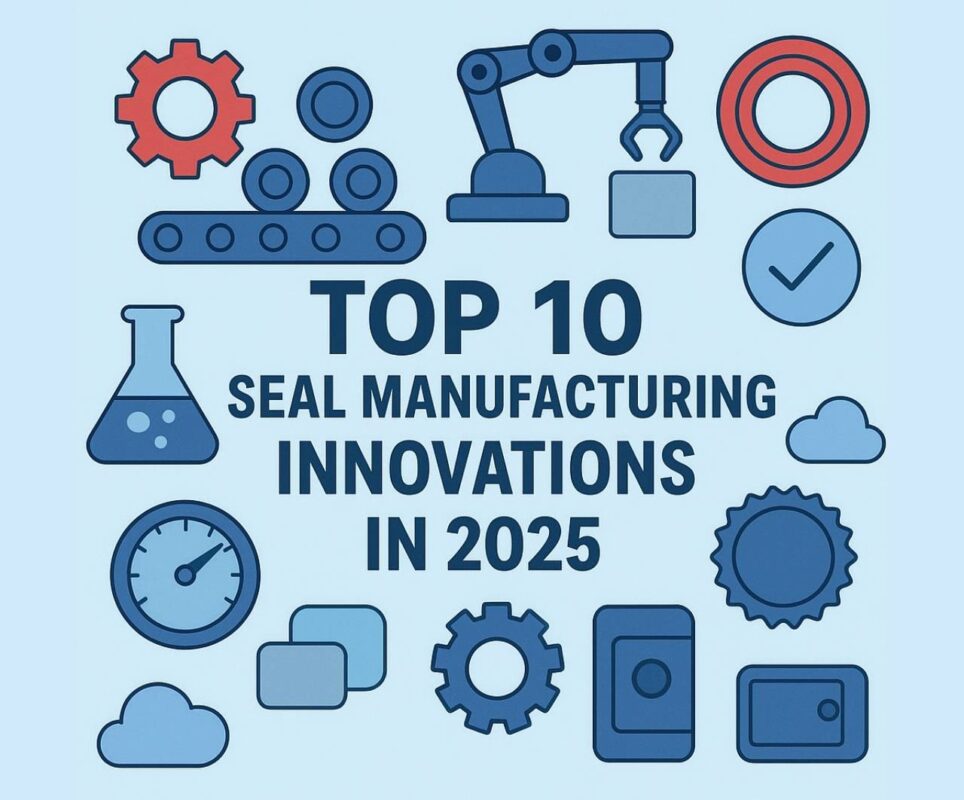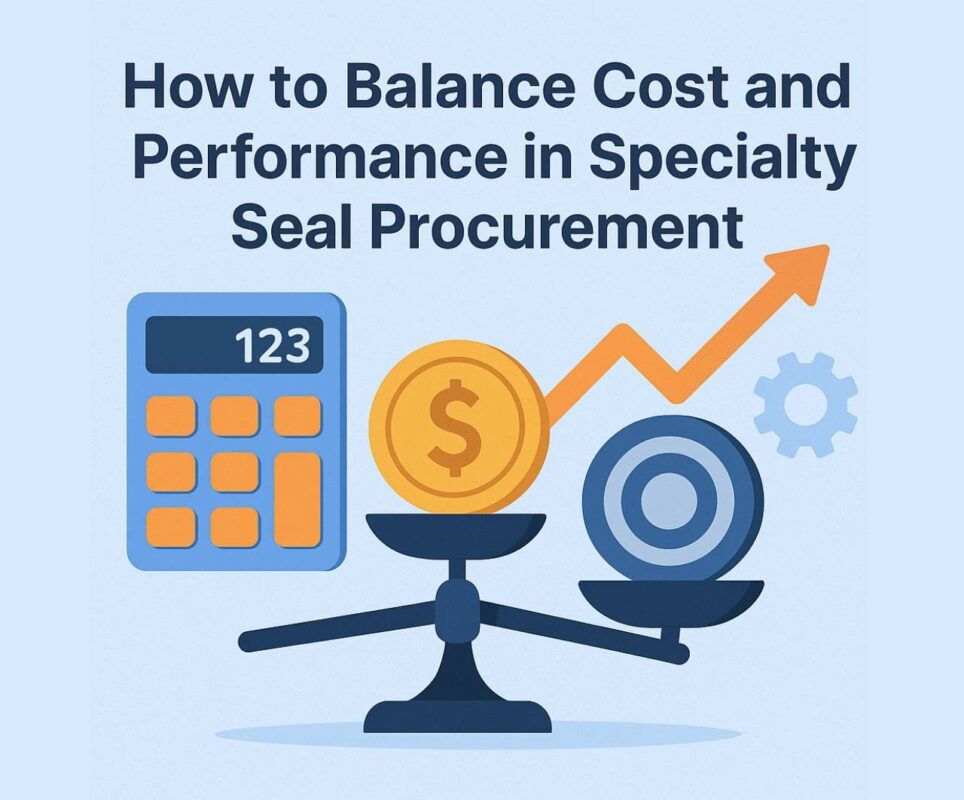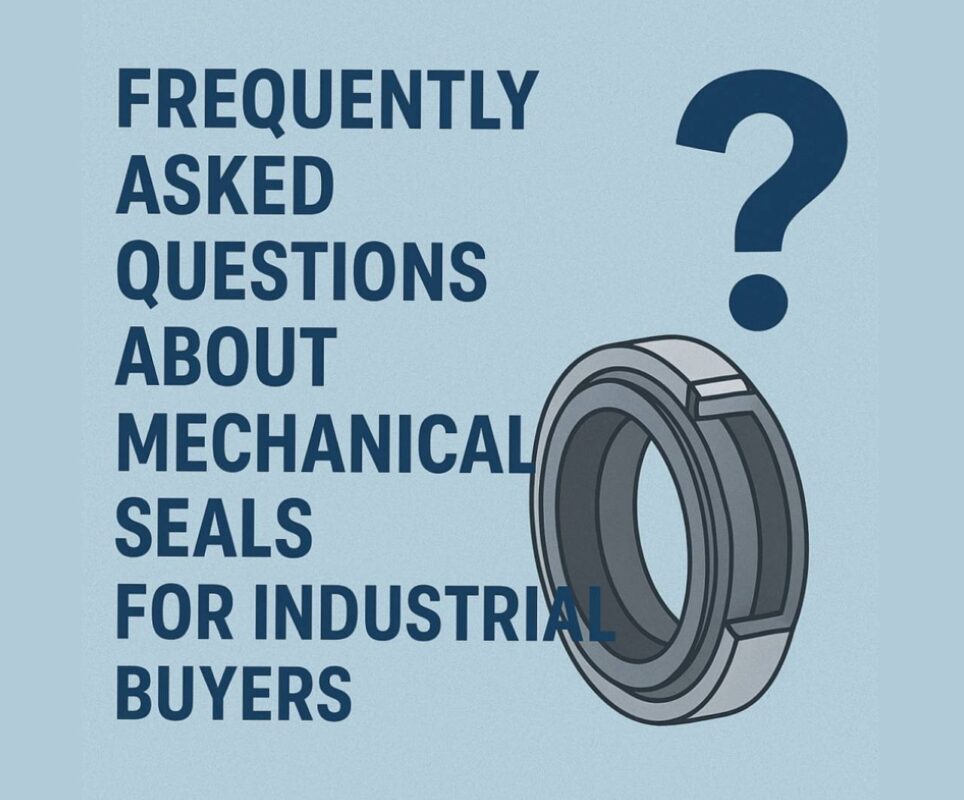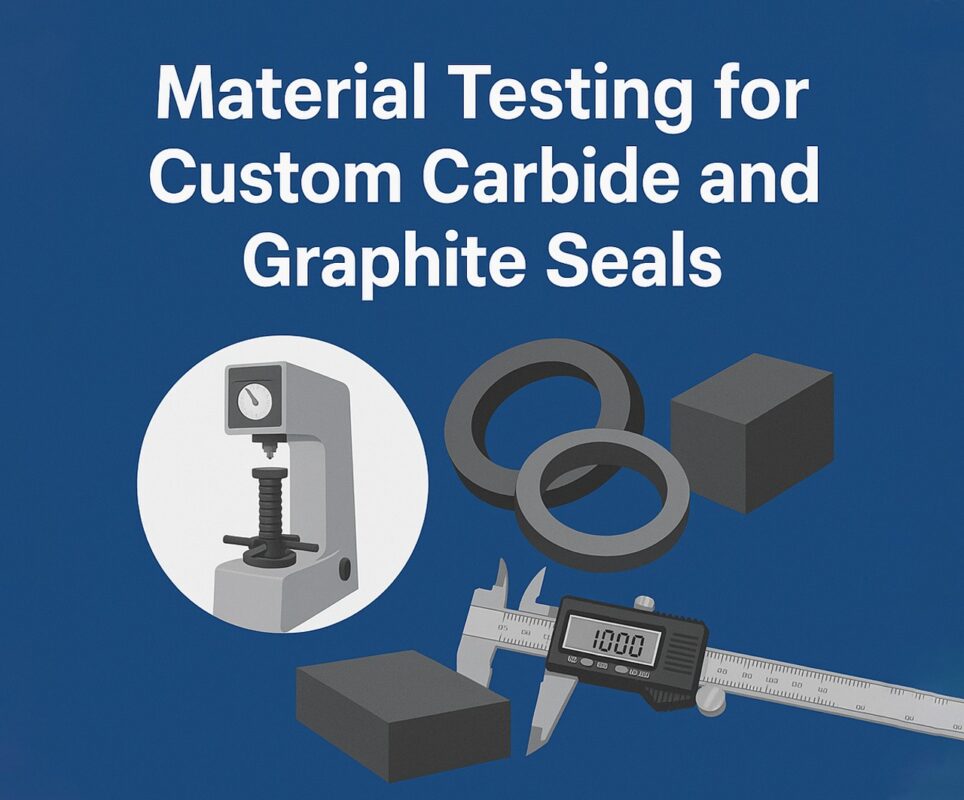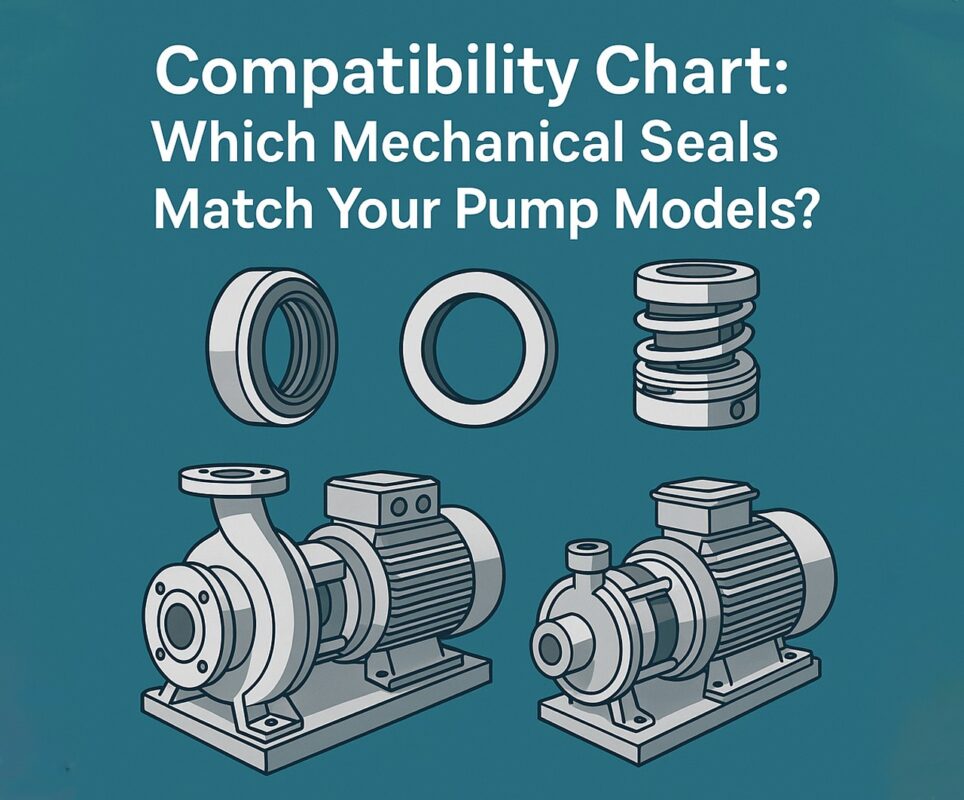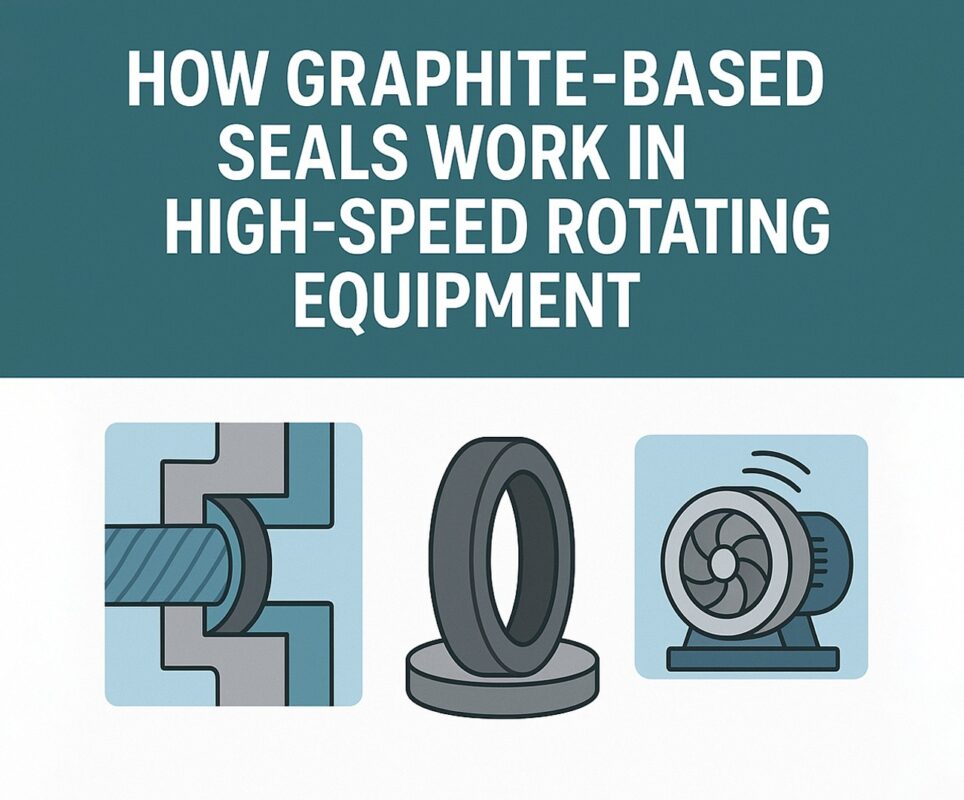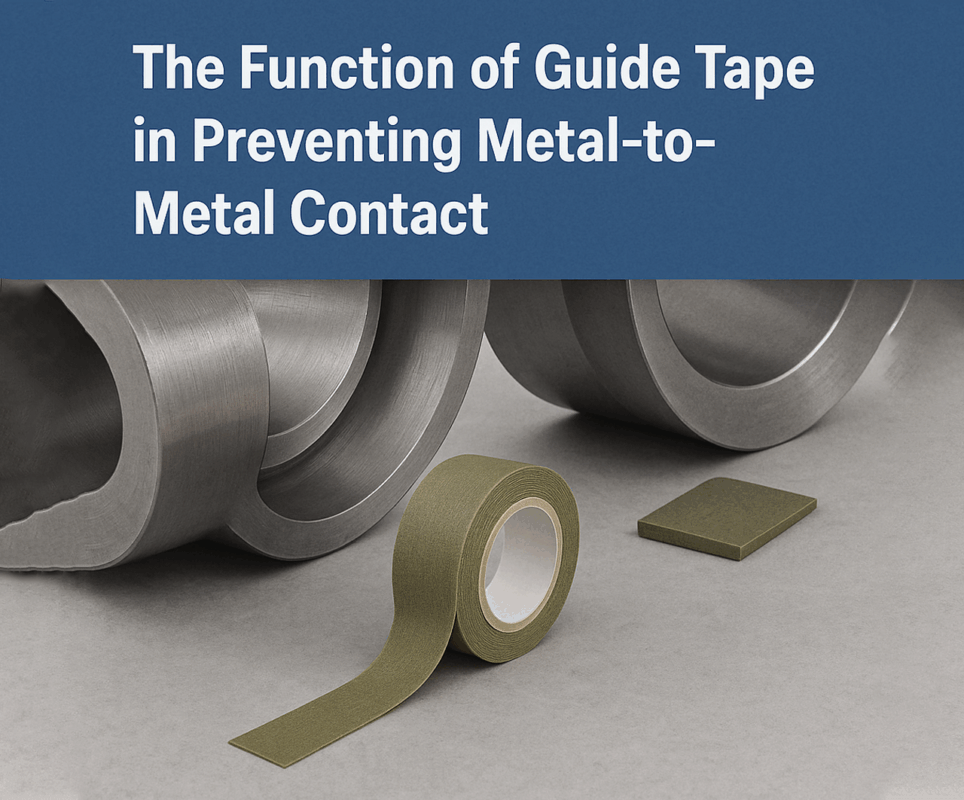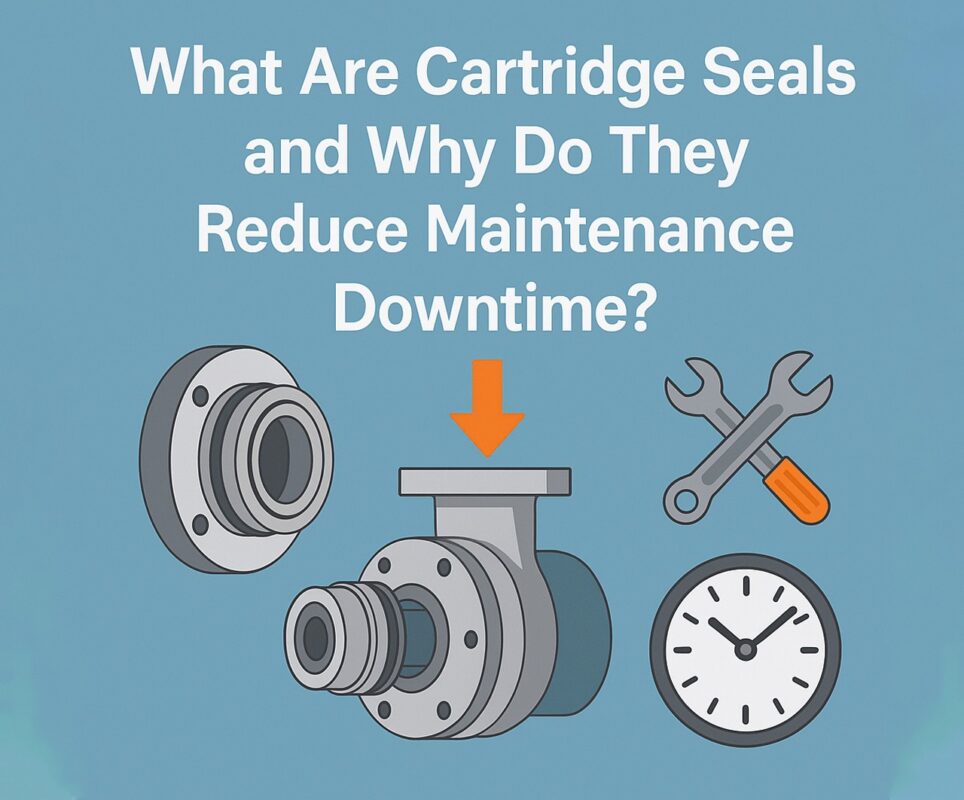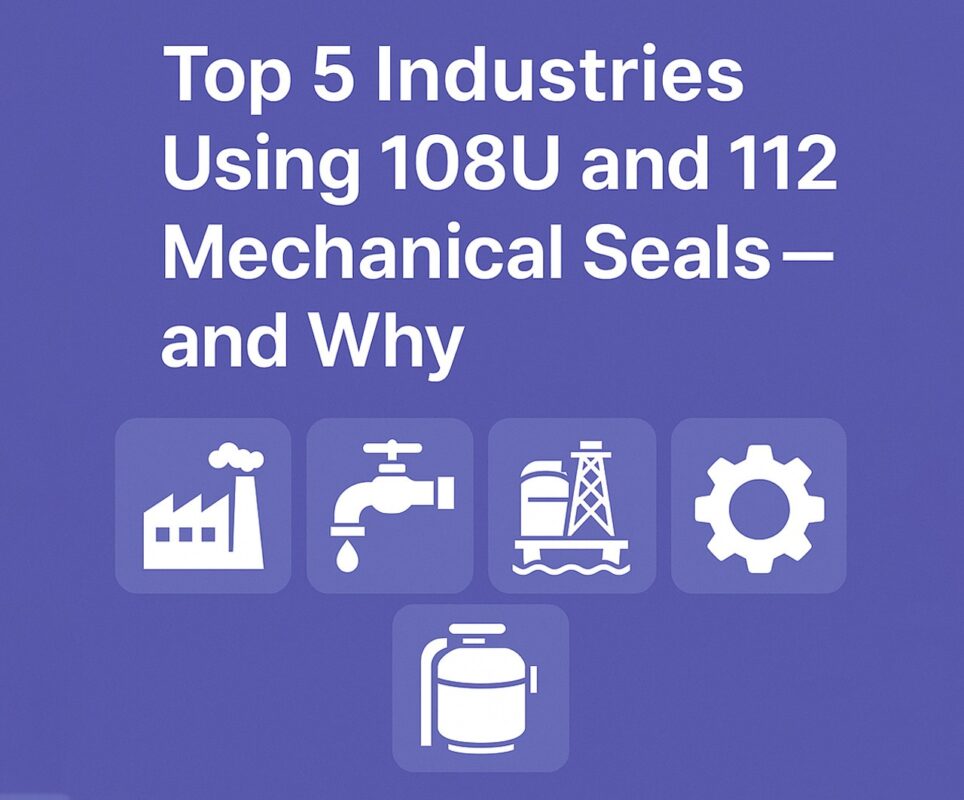In an era where smart factories and predictive maintenance are reshaping industrial operations, the mechanical seal market is rapidly evolving to keep up. From advanced monitoring sensors to automated assembly lines, the rise of automation is redefining everything from design to application of critical components like carbon ceramic mechanical seal, cartex mechanical seal, and caustic pump mechanical seal solutions. These precision parts, responsible for maintaining system integrity in aggressive and high-pressure environments, are now being influenced by innovations that improve efficiency, reduce downtime, and enhance reliability.
This article explores how automation is transforming the mechanical seal industry and what forward-thinking operators and manufacturers should expect in the next chapter of sealing technology. Know more..
Why Mechanical Seals Still Matter in Automated Systems
Even in highly automated facilities, rotating equipment like pumps, mixers, and compressors rely on dependable sealing technology. Carbon ceramic mechanical seal assemblies offer excellent thermal conductivity and wear resistance for high-speed systems. The cartex mechanical seal is favored for its ease of installation and cartridge-based design, reducing human error during maintenance. Meanwhile, caustic pump mechanical seal units are engineered to resist aggressive chemical exposure and caustic fluids often found in food, pharmaceutical, and chemical plants.
Automation may control the workflow, but mechanical seals remain the frontline defenders of operational integrity.
Automated Manufacturing of Seals
Modern seal production lines now utilize CNC machining, robotic assembly, and precision inspection systems. Automation ensures:
- Consistency in seal geometry for carbon ceramic mechanical seal products
- Faster turnaround on customized cartex mechanical seal configurations
- Improved surface finish and dimensional accuracy for caustic pump mechanical seal orders
This shift reduces defects, speeds delivery, and allows manufacturers to handle both high-volume and custom-seal orders with agility.
Automated Installation Systems
In large-scale processing plants, robotic systems are increasingly handling seal installation. This minimizes the risk of human error and improves safety in hazardous environments.
For example, caustic pump mechanical seal units often require careful handling due to chemical exposure. Automated systems eliminate direct human contact while maintaining precise torque settings and alignment, reducing failure rates.
Cartex mechanical seal assemblies, designed for simplified installation, are even easier to integrate into automated workflows thanks to their cartridge-style designs.
Predictive Maintenance and Smart Monitoring
One of automation’s biggest influences is in predictive maintenance. IoT-enabled sensors can monitor:
- Temperature changes in carbon ceramic mechanical seal faces
- ibration and pressure fluctuations around cartex mechanical seal housings
- Chemical exposure duration on caustic pump mechanical seal components
This real-time data allows operators to schedule maintenance before catastrophic failures occur, optimizing uptime and extending component life.
3D Printing and Rapid Prototyping
Additive manufacturing is revolutionizing how seal prototypes are produced. Engineers can now test carbon ceramic mechanical seal geometries or design improvements to caustic pump mechanical seal profiles without long lead times.
This accelerates product development, enabling faster iteration and delivery of tailored sealing solutions for automated systems where standard components may not suffice.
How Automation Enhances Seal Material Testing
Automation in material testing labs ensures that every batch of cartex mechanical seal or carbon ceramic mechanical seal products meets performance benchmarks.
Automated testers now conduct:
- Thermal shock resistance
- Friction coefficient testing under real-world rotational speeds
- Corrosion resistance checks for caustic pump mechanical seal materials
Such rigorous, automated testing delivers more reliable, traceable, and repeatable data.
New Ideas: AI-Driven Seal Selection Software
A growing trend is AI-powered seal selection tools. By inputting variables like pressure, temperature, fluid type, and speed, users receive optimized recommendations on cartex mechanical seal, carbon ceramic mechanical seal, or caustic pump mechanical seal models.
These systems help engineers and maintenance teams make faster, data-backed decisions, reducing downtime and overstocking of unnecessary seal types.
Automation’s Role in Seal Inventory Management
Automated inventory systems linked with ERP platforms track real-time stock levels of cartex mechanical seal and caustic pump mechanical seal models. They can auto-replenish orders based on usage history and forecasted demand.
This prevents unplanned downtime due to missing carbon ceramic mechanical seal spares and ensures optimal inventory without overstocking.
Challenges Automation Introduces to the Seal Industry
While automation enhances efficiency, it also demands higher standards from seals:
- Carbon ceramic mechanical seal units must handle increased rotational speeds from automated machinery.
- Cartex mechanical seal designs must tolerate frequent automated startup/shutdown cycles.
- Caustic pump mechanical seal components face intensified exposure as automated systems run longer, often without human supervision.
This means seal designs are evolving, incorporating advanced materials, tighter tolerances, and smarter configurations.
Custom Seal Engineering for Automated Systems
To meet these new demands, many manufacturers now offer custom-engineered cartex mechanical seal and carbon ceramic mechanical seal solutions. Engineers work alongside automation specialists to develop:
- Special face profiles for reduced heat generation
- Composite materials for higher chemical resistance in caustic pump mechanical seal assemblies
- Modular cartridge designs for easy, robotic installation
How Automation Influences Global Seal Supply Chains
With automated logistics systems, distributors track carbon ceramic mechanical seal and cartex mechanical seal inventory across multiple warehouses in real time.
This allows for:
- Faster order processing
- Predictive shipping for seasonal demand spikes
- Enhanced support for international, multi-site facilities
The result is reduced lead times for critical caustic pump mechanical seal orders worldwide.
Sustainability Gains Through Automation
Automation isn’t just about speed—it’s also about waste reduction:
- Precision robotic machining minimizes material scrap in cartex mechanical seal production.
- Automated monitoring extends carbon ceramic mechanical seal life cycles, reducing landfill waste.
- Predictive maintenance cuts unnecessary seal replacements, lowering environmental impact from caustic pump mechanical seal disposal.
Sustainable manufacturing practices are becoming a competitive advantage in seal production.
Best Practices for Integrating Seals in Automated Systems
When upgrading to automation-friendly seals:
- Prioritize cartridge-based cartex mechanical seal models for ease of installation.
- Use carbon ceramic mechanical seal faces for high-speed, continuous operations.
- Select specialized caustic pump mechanical seal materials rated for extended exposure in unmanned systems.
Work closely with vendors that provide both automation and sealing expertise.
The Future of Automation in the Mechanical Seal Industry
Expect innovations like:
- Fully automated cartex mechanical seal production lines
- AI-driven seal condition prediction tools
- Self-lubricating carbon ceramic mechanical seal materials
- IoT-connected caustic pump mechanical seal assemblies with wear sensors
These developments will further reduce downtime, maintenance costs, and environmental impact.
Final Thoughts
Automation is no passing trend—it’s a reshaping force in the mechanical seal industry. While precision components like carbon ceramic mechanical seal, cartex mechanical seal, and caustic pump mechanical seal products remain essential in automated systems, their design, manufacture, installation, and monitoring are rapidly evolving.
For engineers, plant managers, and procurement specialists, partnering with seal manufacturers that embrace automation—from smart inventory systems to AI-powered selection tools—is the smartest way to future-proof operations.
The next chapter in industrial efficiency and equipment protection belongs to those who adapt sealing solutions for a connected, automated future. Know more..
